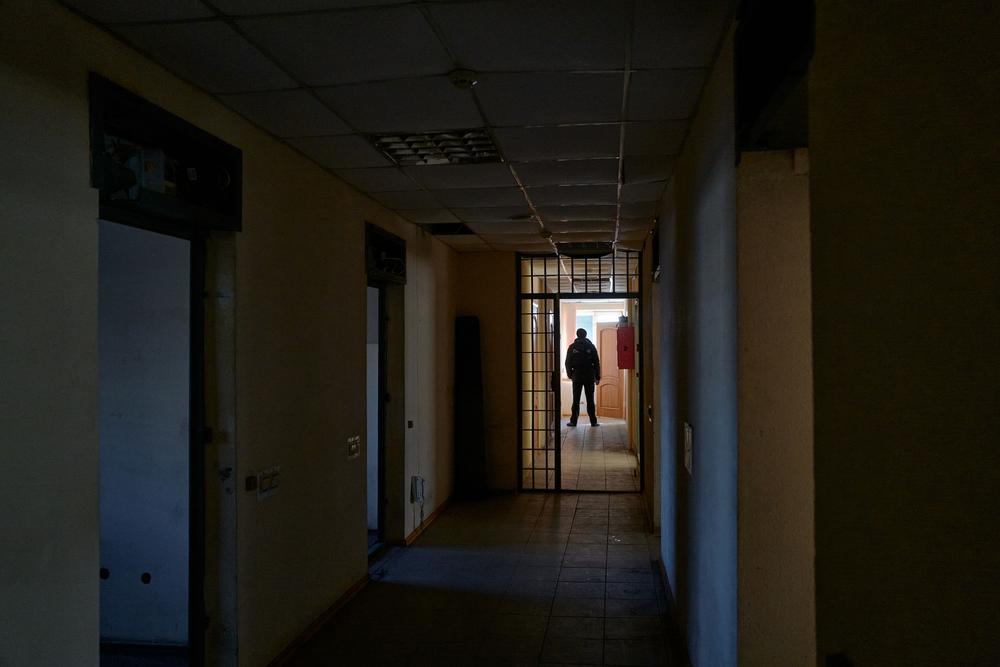In recent comments to the Russian state-run media service TASS, the chief of Roscosmos said the country's newest rocket, the Soyuz-5, should take flight for the first time before the end of this year.
"Yes, we are planning for December," said Dmitry Bakanov, the director of Roscosmos, Russia's main space corporation. "Everything is in place."
According to the report, translated for Ars by Rob Mitchell, the debut launch of Soyuz-5 will mark the first of several demonstration flights, with full operational service not expected to begin until 2028. It will launch from the Baikonur spaceport in Kazakhstan.
From an innovation standpoint, the Soyuz-5 vehicle does not stand out. It has been a decade in the making and is fully expendable, unlike a lot of newer medium-lift rockets coming online in the next several years. However, for Russia, this is an important advancement because it seeks to break some of the country's dependency on Ukraine for launch technology.
What is the Soyuz-5
The new rocket is also named Irtysh, a river that flows through Russia and Kazakhstan. The rocket has been in development since 2016 and largely repurposes older technology. But for Russia, a key advantage is that it takes rocket elements formerly made in Ukraine and now manufactures them in Russia.
Essentially, the Soyuz-5 booster is a slightly larger copy of an older rocket manufactured in Yuzhmash, Ukraine, the Zenit-2. This medium-lift rocket made its debut in the 1980s and flew dozens of missions into the 2010s. It was the last major rocket developed in the Soviet Union and was designed by the Yuzhnoye Design Bureau in Dnipro, Ukraine. The Zenit's first and second stages were manufactured there. However, the first-stage engine, the extremely powerful RD-171 engine, was designed and built by NPO Energomash in Russia.
This partnership held together after the breakup of the Soviet Union, but all cooperation ended after Russia's invasion of Ukraine in February 2022. (Russia even went so far as to strike the factory where Zenit rockets were once made with an intermediate-range ballistic missile last November.)
With the Soyuz-5 booster, Russia seeks to replace both the Zenit family of rockets and the aging Proton-M launch vehicle. The new Irtysh rocket will have slightly larger main propellant tanks than the Zenit-2 vehicle, giving it a lift capacity of about 17 metric tons to low-Earth orbit.
Not much new here
Probably the most interesting element of this rocket is its engine, the RD-171MV. This is based on technology that goes back decades to the Energia launch vehicle, which the Soviet Union used to launch the Buran space shuttle. A modified version, the RD-171, was used for Zenit rockets. Unlike the previous engines, this newest version does not use any Ukrainian components.
This line of rocket engines, powered by kerosene and liquid oxygen, produces more than three times the thrust of a NASA Space Shuttle main engine. They are the most powerful liquid-fueled rocket engines in the world.
One key question for the Russian space program is whether the Soyuz-5 rocket can become commercially successful and attract non-Russian launch business. The country will also continue to fly the Soyuz-2 launch vehicle, which is presently used for crewed missions and the newer line of Angara rockets.
It's notable that the Russian space program—which has had its funding curtailed to help pay for the war against Ukraine—has managed to bring the Soyuz-5 to the launch pad. However, a far more significant achievement would be delivering another Soyuz rocket in development, the Soyuz-7, also known as Amur. This is because the Amur rocket marks a significant break from traditional Russian designs.
This rocket, with new liquid oxygen-methane engines, is intended to replace the Soyuz-2 vehicle. The rocket could also be more price competitive, as it is intended to have a reusable first stage. The vehicle's debut has been repeatedly pushed back, however, with Russia now expected to debut the vehicle no earlier than 2030.

 How Russia targets, detains and kills Ukrainian officials in occupied regions
How Russia targets, detains and kills Ukrainian officials in occupied regions